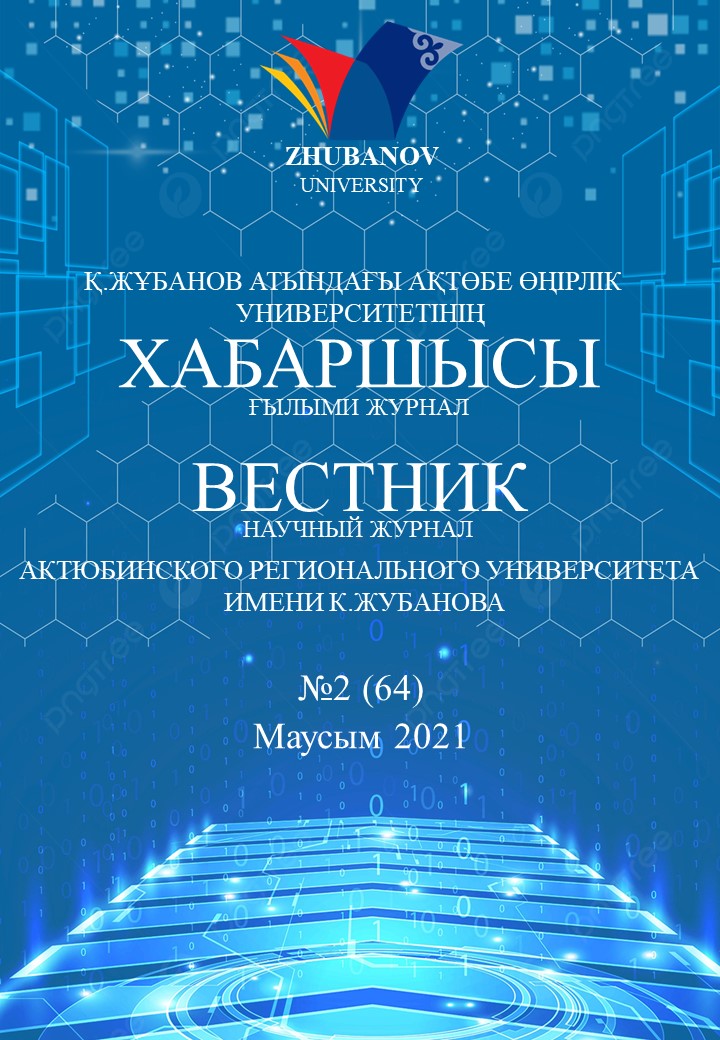The article discusses the mechanisms and methods for the development of information systems and their
subsystems, using augmented reality technology and game scenarios based on their interaction. The client mobile application of the information system was built. Augmented reality means are used as a visualization technology. The data of the subject area in the information-logical model of the information system are displayed in the form of information objects and links between them. The paper proposes an algorithm for the operation of a mobile application, demonstrating the possibility of its use. The developed information system is used for educational purposes.
The paper presents a scheme for the development of software that is used in the educational process of secondary schools and is intended for both teachers and schoolchildren. The developed software can be used to present both theoretical and practical lessons. The use of augmented reality technology made it possible to supplement the presented educational materials and layouts with three-dimensional explanatory information, increasing the level of visibility of printed educational materials by an order of magnitude, which became possible thanks to a mobile application. Educational interactive three-dimensional models in the discipline of computer science for schoolchildren - a software application developed on the Android platform.
The paper presents a new way to develop information systems using augmented reality technology. The architecture, model, and algorithm for constructing such information systems are presented.
- Bonsor K. How Augmented Reality Works [Electronic resource]. — Access mode: URL:
- http: //computer.howstuffworks.com /augmented-reality1.htm/.
- Ivanko A.F. Computer games and online journalism / A.F. Ivanko // International Journal
- of Engineering Technology and Computer Research. 2017. – Vol. 5(3). – P. 11-15.
- Sarsimbaeva S. Research on the development and implementation of augmented reality
- technologies / S. Sarsimbayeva, V. Dimitrov // Proceedings of the Information Systems and Grid
- Technologies. 2020. Vol. 2656. P.142-147. http://ceur-ws.org/Vol-2656/
- Preece J. Interaction Design: Beyond Human-Computer Interaction Fourth ed. / J. Preece,
- Y. Rogers, H. Sharp. New York: Wiley, 2015. 584 p.
- Mann S. Introduction to Mediated Reality / S. Mann, W. Barfield // International Journal
- of Human-Computer Interaction. 2003. Vol. 15(2). P. 205-208. doi:
- https://doi.org/10.1207/S15327590IJHC1502_1
- Engelbart D.C. Augmenting human intellect: a conceptual framework / D.C. Engelbart, R.
- Packer, K. Jordan, New York: WW Norton & Company // Multimedia. From Wagner to Virtual
- Reality. 2001. P. 64-90.
- Milgram P.A Taxonomy of Mixed Reality Visual Displays / P. Milgram, F. Kishino //
- IEICE Transactions on Information and Systems. 1994. Vol. E77-D(12). P.1321-1329.
- Azuma R.T. A Survey of Augmented Reality. / R.T. Azuma // Presence: Teleoperators and
- Virtual Environments. 1997. Vol. 6(4). P. 355-385. doi:
- https://doi.org/10.1162/pres.1997.6.4.355
- Azuma R. Recent Advances in Augmented Reality. / R. Azuma, Y. Baillot, R. Behringer,
- S. Feiner, S. Julier, B. MacIntyre // IEEE Computer Graphics and Applications. 2001. Vol. 21(6).
- P. 34-47. doi: https://doi.org/10.1109/38.963459
- Recommendation ITU-R M.2083-0. IMT Vision – Framework and overall objectives of
- the future development of IMT for 2020 and beyond. Geneva, September, 2015 [Electronic resource].
- — Access mode: URL: https://www.itu.int/dms_pubrec/itu-r/rec/m/R-REC-M.2083-0-201509-
- I!!PDF-E.pdf.
- Turban L. Extrafoveal Video Extension for an Immersive Viewing Experience. /
- L.Turban, F. Urban, P. Guillotel // IEEE: Transactions on Visualization and Computer Graphics.
- ˗ Vol. 23(5). P. 1520-1533. doi: https://doi.org/10.1109/TVCG.2016.2527649
- Caudell T.P. Augmented reality: An application of heads-up display technology to manual
- manufacturing processes /T.P. Caudell, D. W. Mizell // System Sciences, Proceedings of the TwentyFifth Hawaii International Conference on. IEEE. 1992. Vol. 2. P. 659-669.
- Normand J.M. A new typology of augmented reality applications / J.Normand, M.
- Servieres, G.Moreau // Proceedings of the 3-rd Augmented Human International Conference. – ACM.
- 2012. ˗ P. 18.
- van Krevelen D.W.F. A survey of augmented reality technologies, applications and
- limitations / D.W.F van Krevelen, R. Poelman // International Journal of Virtual Reality. 2010.
- Vol. 9(2). P. 1-20.
- Wang P. A Critical Review of the Use of Virtual Reality in Construction Engineering
- Education and Training / P. Wang, P. Wu, J.Wang, H.-L. Hung-Lin Chi, X.Wang // International
- Journal of Environmental Research and Public Health. 2018. ˗ Vol. 15. – P. 1-18.
- Lee K. Augmented reality in education and training / K. Lee // TechTrends. 2012. Vol.
- (2). P. 13-21.

